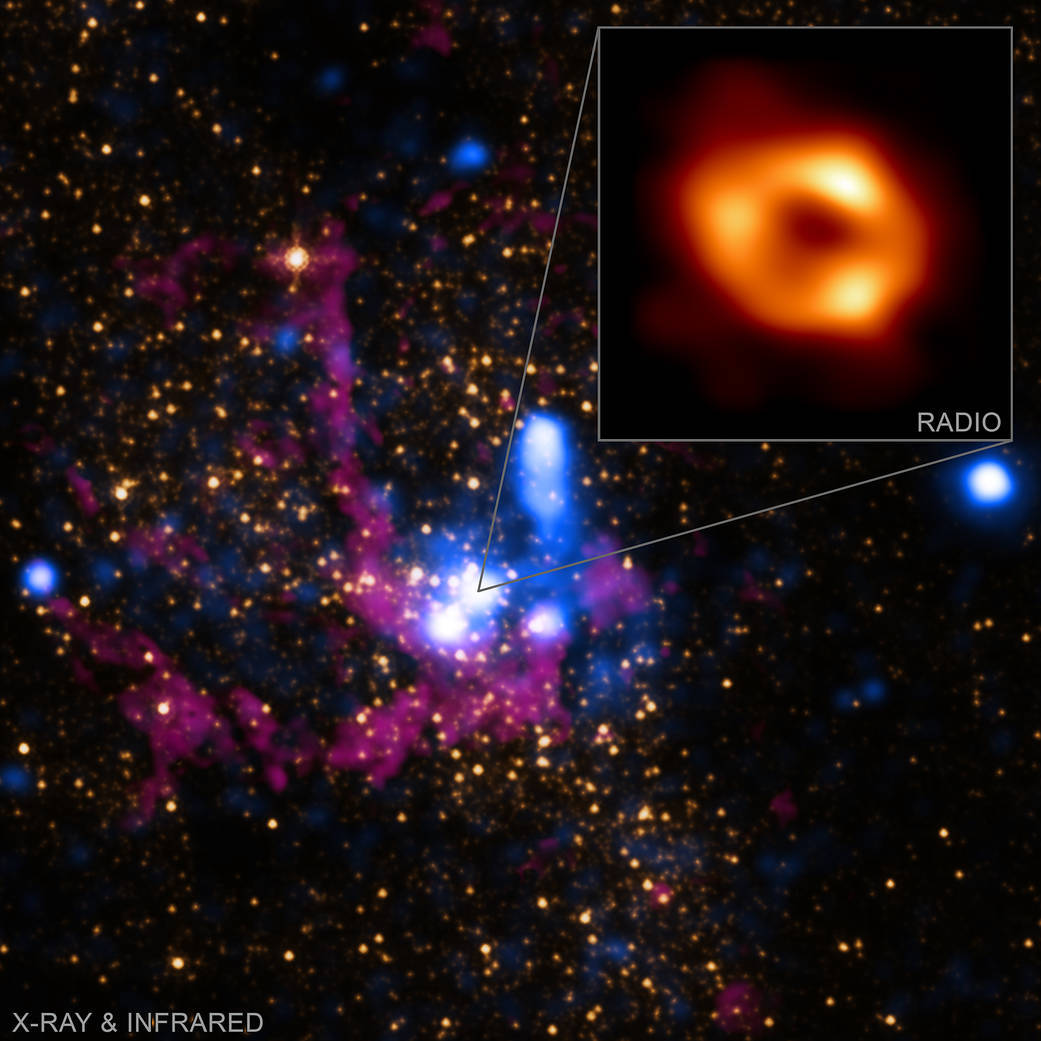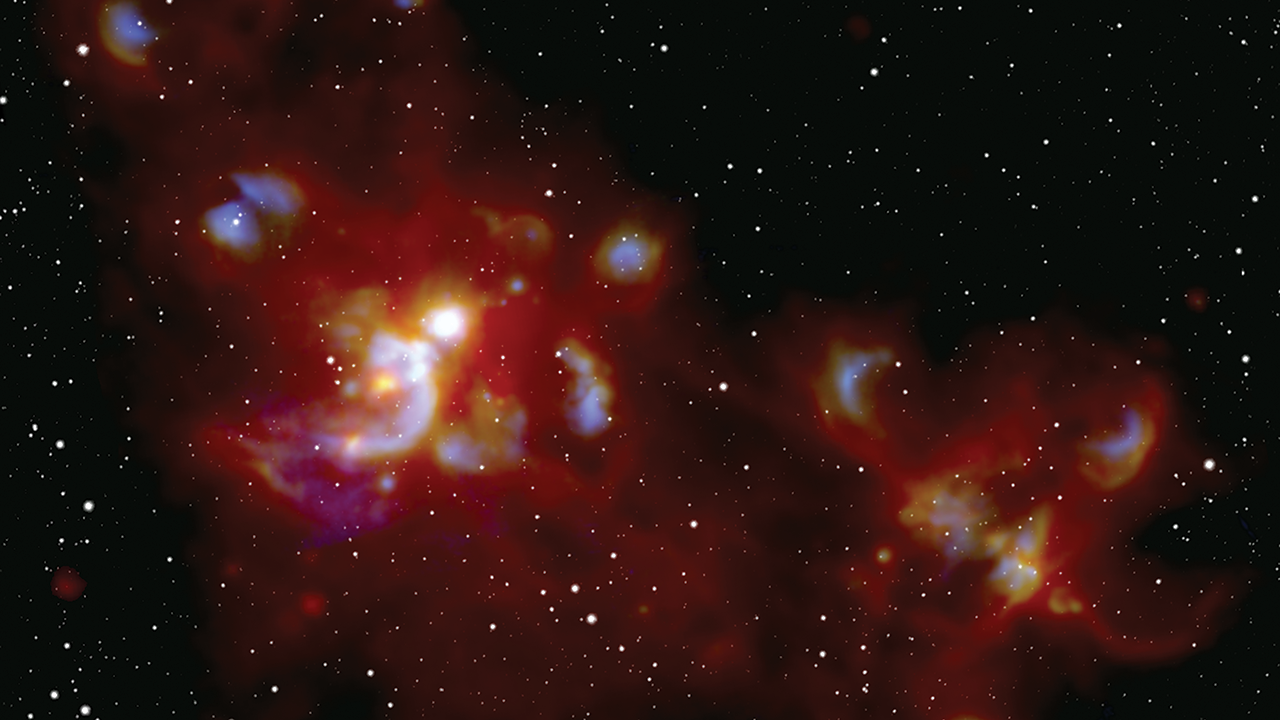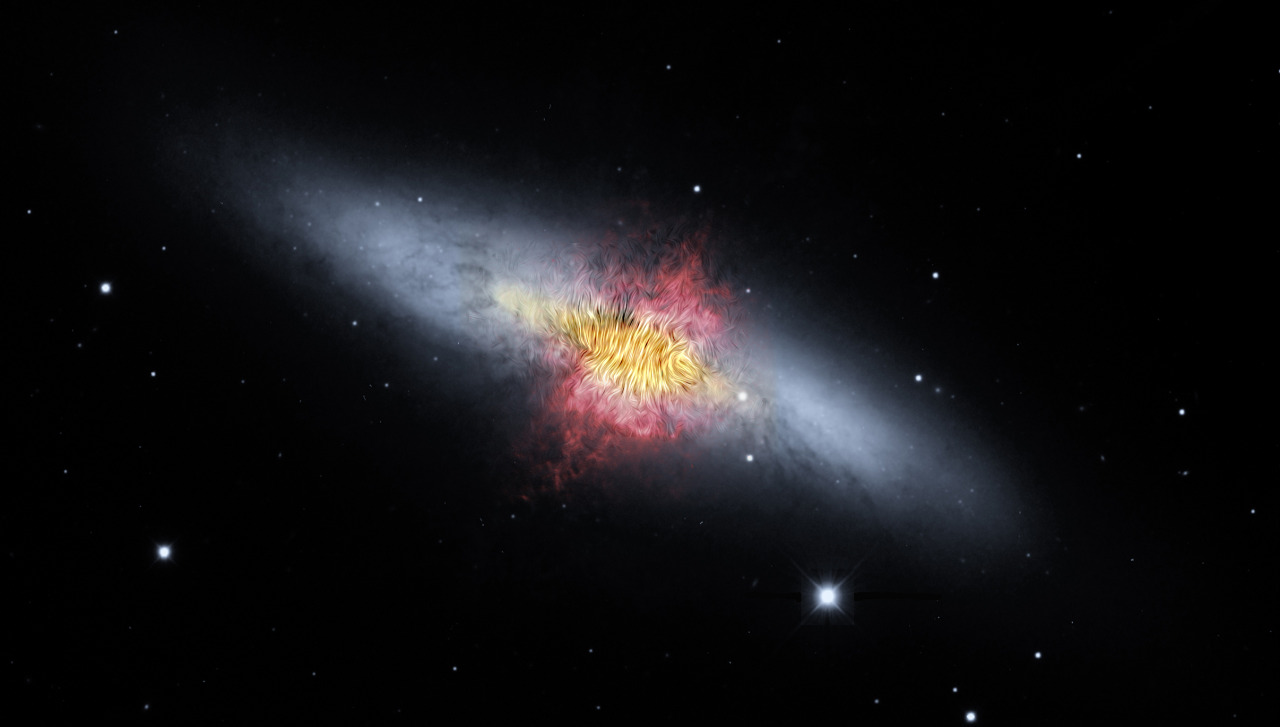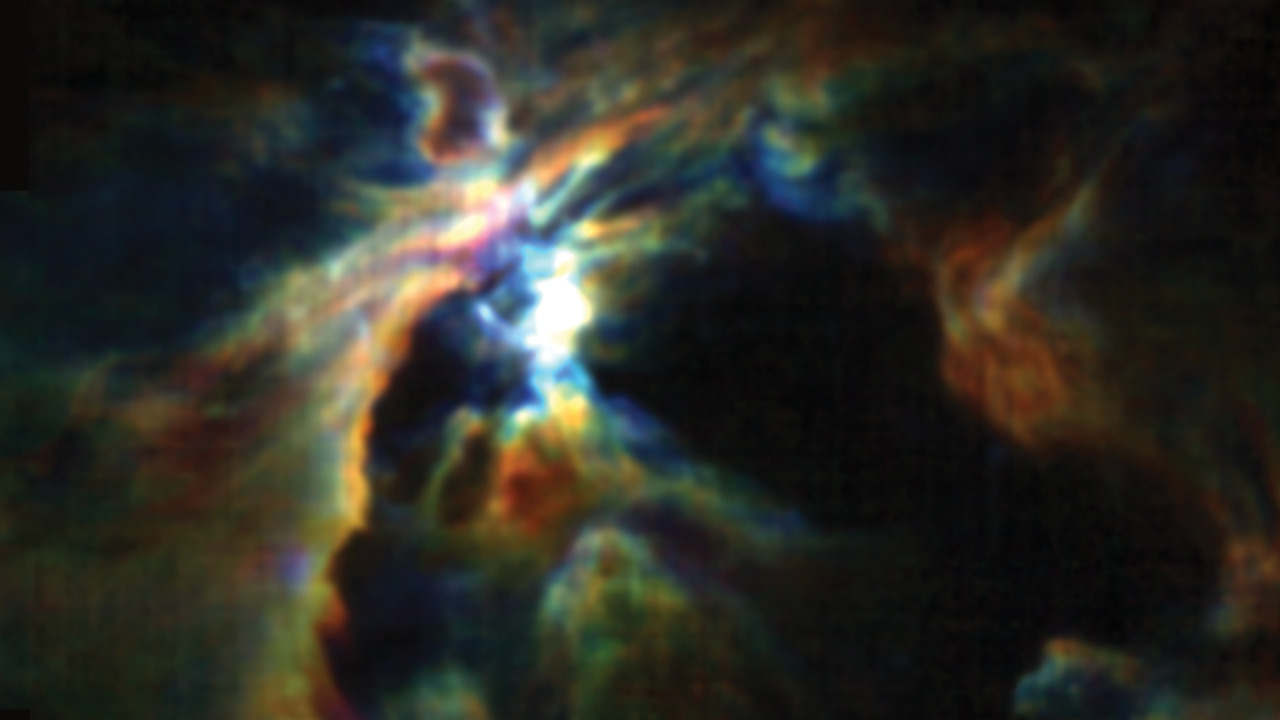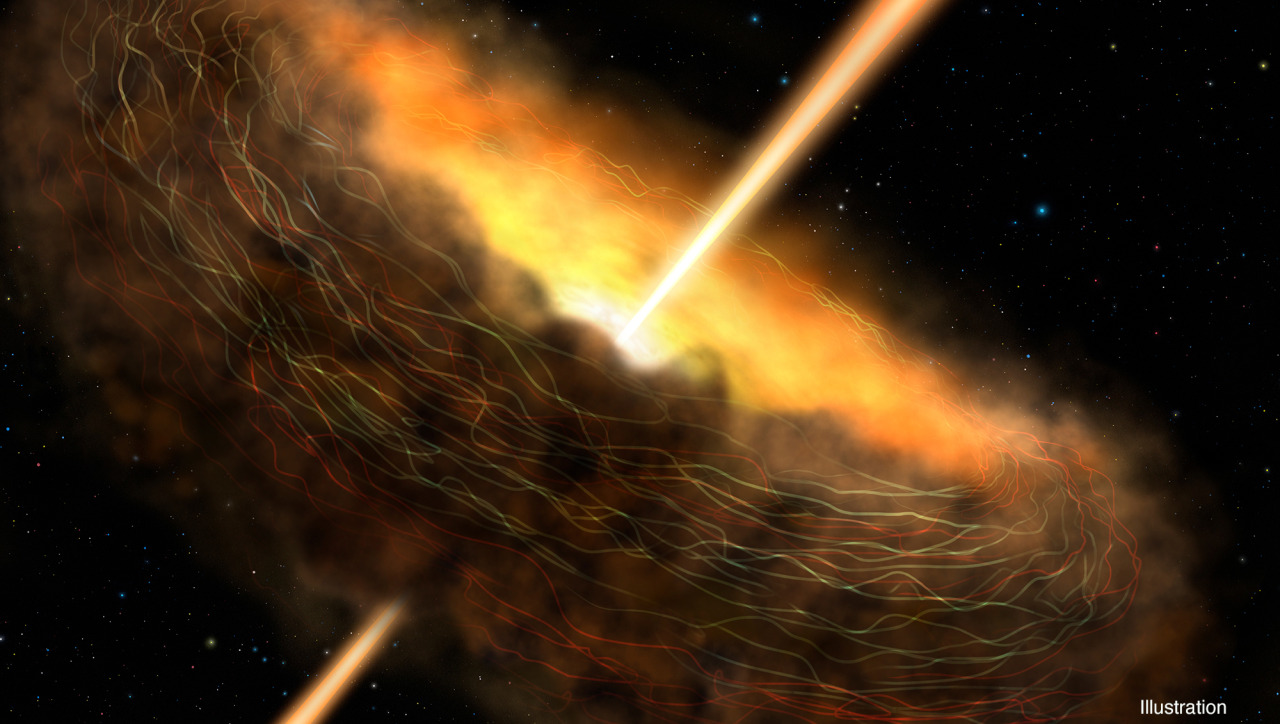Take a good look: this is the black hole at the center of our galaxy.
In the inset image, gas in the glowing orange ring surrounds the black hole’s event horizon, a boundary from which nothing can escape. The ring is created by light bending in the intense gravity around Sagittarius A*, which has a mass some four million times greater than our Sun. This groundbreaking image of Sagittarius A* was taken by the Event Horizon Telescope team with data from telescopes around the world. After the EHT’s iconic image of M87*, released in 2019, this is only the second time a supermassive black hole has been directly observed with its shadow.
The wider look at the space around Sagittarius A* includes data contributed by several NASA missions. The orange specks and purple tendrils were captured in infrared light by the Hubble Space Telescope, and the blue clouds represent data from our orbiting Chandra X-ray Observatory.
Fall in to the whole story: https://www.nasa.gov/mission_pages/chandra/images/sagittarius-a-nasa-telescopes-support-event-horizon-telescope-in-studying-milky-ways.html
Make sure to follow us on Tumblr for your regular dose of space!
CREDIT: X-ray: NASA/CXC/SAO; IR: NASA/HST/STScI. Inset: Radio (EHT Collaboration)

